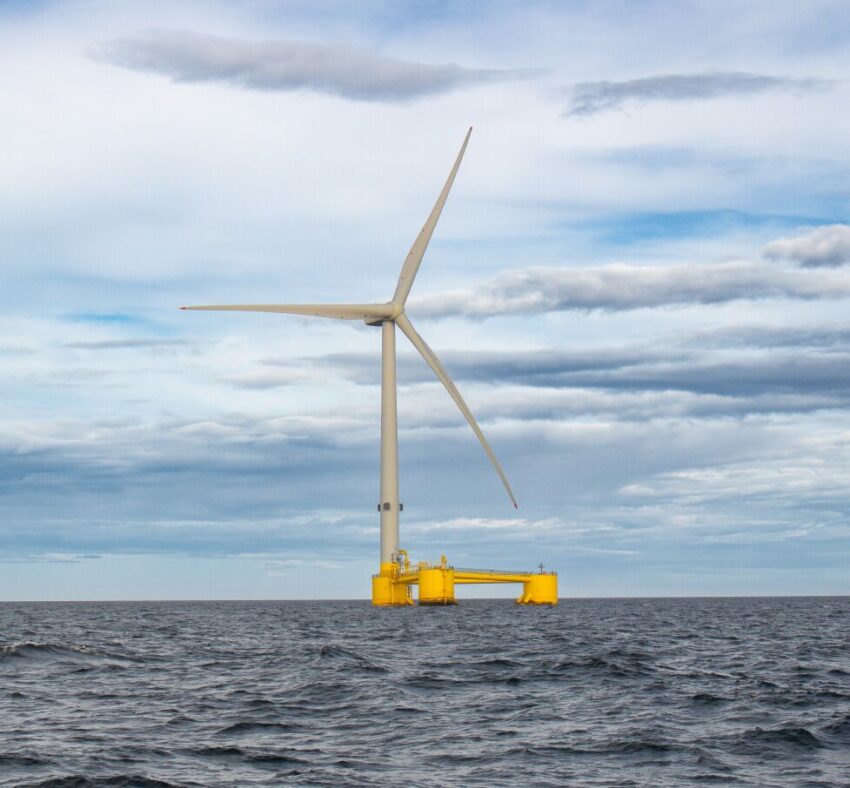By Paul Homewood
h/t Paul Kolk
The Proposed Green Volt Floating Wind Farm
Apparently Britain is running out of space for offshore wind!
The Telegraph report:
Britain risks running out of space for offshore wind farms, the boss of GB Energy has warned, potentially damaging Ed Miliband’s renewables blitz.
Dan McGrail, interim chief executive of the taxpayer-backed quango set up by the Energy Secretary, said UK waters are becoming too crowded for traditional turbines built in shallower seas.
As a result, he said officials must spend billions of pounds on new floating wind farms if it is to have any hope of hitting net zero by 2050.
Unlike fixed-bottom turbines, which can only be deployed in water less than 60-70 metres deep, floating alternatives can be tethered to the bottom of the seabed by cables.
This makes them the only real option for Mr Miliband as he races to build up to 10,000 new wind turbines by 2050.
“We know by 2030 that pretty much every offshore wind farm in the UK is going to have to be in water which is deeper than 80 meters,” he said in an interview with Bloomberg.
“Now that’s quite a technical point, but basically what it means is that those wind farms are going to have to float, which is an area of investment that is, at the moment, quite challenging.
“There’s a significant amount of private sector capital deployed, but it’s slowing down in its progress, so we’re going to look to come in at that riskier stage of projects in their development phase.”
This is where GB Energy’s £8bn funding pot can help, he said.
“Prior to the major investment decisions, when we do expect private capital to come in, we may deploy some of our capital as a minority partner – in order to send a signal to the wider investment community that the Government believes in the trajectory of these technologies,” he said.
Full story here.
The AR6 strike price for the Green Volt floating wind farm due to open in 2029 is £201.97/MWh, compared to £84.97 for normal offshore wind.
Simply throwing taxpayer money at these projects won’t alter the fact that they are massively expensive. One way or another, the public will end up paying the bill.
Plans for 2050 suggest we might need as much as 86 GW of offshore capacity by then, meaning an extra 40 GW will need to be added after 2030.
Based on current costings, that could add as much as £20 billion a year to electricity bills.
In capital terms, some estimates suggest floating wind farms may cost double fixed bottom ones – £8 million/MW against £4 million/MW. That would mean an extra £160 billion.
Click this link for the original source of this article.
Author: Paul Homewood
This content is courtesy of, and owned and copyrighted by, https://notalotofpeopleknowthat.wordpress.com and its author. This content is made available by use of the public RSS feed offered by the host site and is used for educational purposes only. If you are the author or represent the host site and would like this content removed now and in the future, please contact USSANews.com using the email address in the Contact page found in the website menu.








